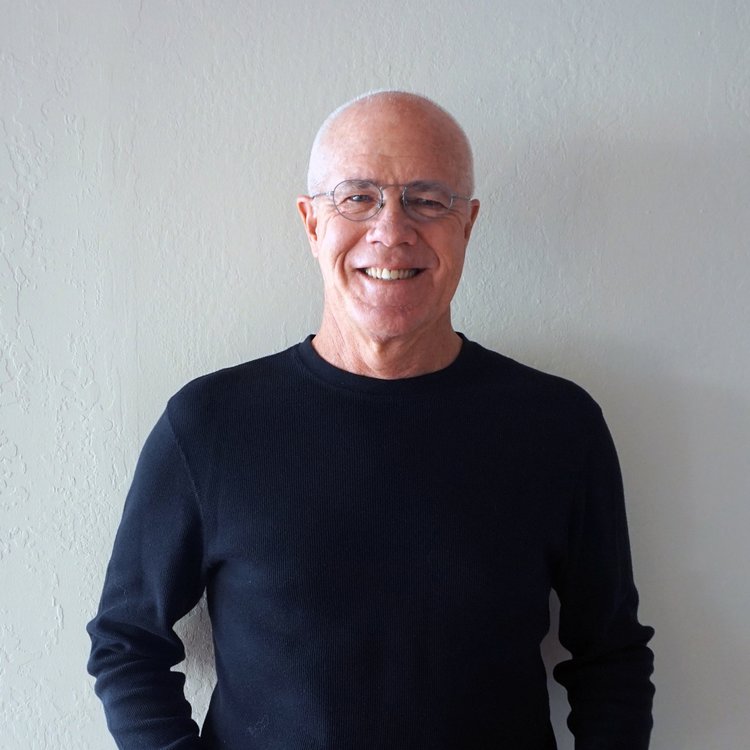First Hit: Powerful images, beautiful cinematography, and elegantly shot, if you want to see the circuitous cycle of life (Samsara) in musical rhythmic technicolor, watch this film.
How does a filmmaker create a film that encompasses “Samsara”, which can be interpreted as the cycle of life; the birth, dying and rebirth of all things?
Shot without descriptive words, and enhanced with elegantly selected music, Ron Fricke gives the audience a physical view of our world that most will never see. The images of life, death, rebirth and life unfolding in its own inimitable way tie this word together like no other film I've ever witnessed.
The ancient art of dance is bookends this film with three very young Balinese dancers presenting religious and artistic expressions all with frozen facial gazes. The segment where prisoners dance on the exercise yard in the Philippines was oddly engaging. This is all balanced at the end by a Chinese troupe doing the 1,000 hands dance towards the end of the film. Their arm movement is ethereal.
We look at the food that sustains us and how it is processed in various parts of the world. Some of the scenes are very graphic, powerful, and, at times, difficult to watch. The slaughtering of animals and birds and how it is packaged for our consumption. This segues to observing an overweight American family eating processed fast food. This sequence ends with a very large obese man getting marked, with a felt pen, on his chest and stomach by a surgeon for weight loss surgery. It was a very graphic sequence.
The amazing memory I have of watching Tibetan Monks creating a large sand mandala in a monastery in Nepal was re-engaged when the film presents the audience with a mandala being created. The added joy of seeing young monks, eagerly, carefully and intently, watching the older monks was emotionally stirring. The construction of a sand mandala is grain by grain over a number of days and is stunning to watch. The breathtaking colors of sand carefully laid on a predetermined pattern constructs a picture to represent life. This is followed by the monks destroying the mandala thereby completing the mandala’s cycle: Birth, Death, and Re-birth exemplifying the meaning of "Samsara".
Part of how we humans view life is through our religions. To bring this to the audience the film shares amazing shots of religious buildings and areas across the globe. Mecca invites curiosity by seeing hundreds of thousands of people bowing and praying in unison while tens of thousands are circling the sacred Black Stone of the Kaaba. Buddhist temples of Bagan in Myanmar and Tibetan Buddhists in Ladakh India along with the amazing cathedrals of Notre Dame , Mont Saint Michel in France, the Basilica Di San Pietro in Italy, and the Church of the Redeemer in Jerusalem. Giving us a view of how humans have a particular reverence for our beliefs.
How do humans spend their time? Much of it at work and this film shares many segments of all types of people at work. The poorest of the poor in Sao Paulo Brazil scraping together a living, the suffering sulfur mine workers in Indonesia, a life size doll factory in Japan shares variety as does a coffin building shop in Ghana and then the sadness of people going through the trash dumps in Quezon City in the Philippines and Accra, Ghana.
Additionally, the physical beauty of the planet is one of the stars of this film including volcanoes, deep canyons, immense forests, and the ever-present water. The film shares the beauty of nature with the amazing creations of man like the Pyramids, man-made islands in the mid-east, shopping centers, and other amazing constructions of grandeur.
To exemplify death and the way humans try to control "Samsara" were the segments on the creation of guns. It was one of the most powerful and sad segments of this film. We witness gun manufacturing along with owners, proud owners, of their weapons that kill. They share this with pride. One warrior in Omo Valley in Ethiopia was especially arresting to see.
"Samsara": The life, death and life again of everything. Truly a film of beauty creating thought provoking questions that each of us.
Ron Fricke is an amazing director. His vision is sublime. Like in his film Baraka, he selects stunning locations and gives us so much information about humanity that one will leaves the theater slightly stunned, intriguingly awake, and filled with thoughts about our place on this blue marble we call Earth.
Overall: Amazing and overwhelmingly rich in beauty and thoughtful probes into our inner life.
